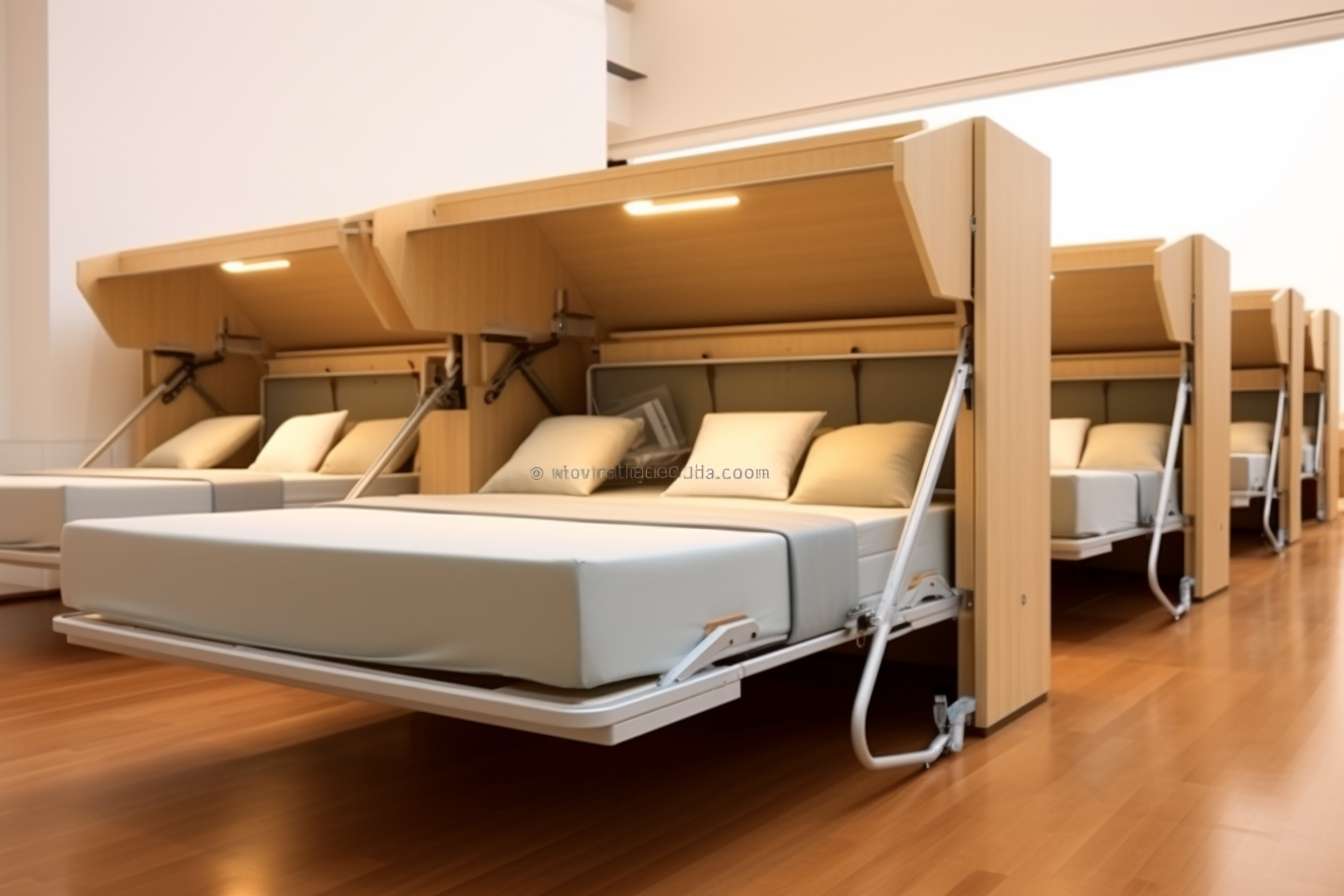How Screw-Less Technology Reduces Treatment Time for Seniors
For seniors seeking effective tooth replacement solutions, screw-less dental implant technology represents a significant advancement in restorative dentistry. This innovative approach eliminates the need for traditional metal screws that attach prosthetic teeth to implant posts, streamlining the installation process and reducing overall treatment duration. By simplifying the surgical procedure and minimizing recovery periods, screw-less implants offer older adults a practical pathway to restored dental function with less time spent in the dental chair and fewer follow-up appointments.

Modern dental technology continues to evolve, bringing new options to seniors who need tooth replacement. Screw-less dental implants have emerged as an alternative to conventional implant systems, offering a different structural approach that may benefit older patients concerned about treatment complexity and time investment.
Understanding Screw-Less Dental Implants for Seniors
Screw-less dental implants utilize a one-piece design where the implant post and abutment are manufactured as a single unit, rather than separate components joined by a screw. This integrated construction eliminates the need for the small retention screw that traditionally connects the crown to the implant fixture. The prosthetic tooth attaches directly to the implant through cement bonding or friction-fit mechanisms. For seniors, this simplified architecture means fewer components to place during surgery and potentially fewer points of mechanical failure over time. The one-piece structure also reduces the number of surgical steps required, as the dentist does not need to uncover the implant and attach a separate abutment in a secondary procedure. This streamlined process can be particularly advantageous for older patients who may have difficulty attending multiple appointments or who experience anxiety about dental procedures.
Key Benefits: Why Seniors Choose Screw-Less Implants
Seniors often select screw-less implants for several practical reasons beyond reduced treatment time. The absence of a screw connection eliminates the possibility of screw loosening, a common complication with traditional implants that requires maintenance visits. The one-piece design also creates a tighter seal at the implant-abutment junction, potentially reducing bacterial infiltration and the risk of peri-implantitis, an inflammatory condition affecting tissues around implants. Many older adults appreciate the predictability of the cement-retained restoration, which dental professionals can place with established techniques. Additionally, the simplified structure often results in a lower profile within the mouth, which can be more comfortable for patients with limited vertical space between upper and lower jaws. The reduced number of components may also translate to cost savings in some cases, though pricing varies significantly based on geographic location, dental practice, and individual patient needs.
Minimally Invasive & Faster Treatment for Seniors
The treatment timeline for screw-less implants typically progresses more quickly than traditional multi-component systems. Conventional implants often require a two-stage process: initial implant placement followed by a healing period of several months, then a second surgery to expose the implant and attach the abutment before finally placing the crown. Screw-less systems can reduce this to a single surgical event in many cases, with the permanent restoration placed once osseointegration occurs. Some immediate-load protocols even allow temporary crowns to be attached on the same day as implant placement, giving seniors functional teeth without an extended waiting period. The simplified surgical approach means less time under local anesthesia and reduced post-operative discomfort. For seniors with medical conditions that make lengthy procedures challenging, or those taking medications that affect healing, the abbreviated treatment timeline can represent a significant advantage. Recovery periods between appointments are also shortened, allowing patients to return to normal eating and speaking patterns more quickly.
Enhanced Stability, Bone Health & Natural Feel
The one-piece construction of screw-less implants provides excellent stability once integrated with the jawbone. The continuous structure transfers chewing forces directly to the surrounding bone tissue, promoting healthy bone remodeling through natural mechanical stimulation. This biomechanical advantage helps prevent the bone loss that commonly occurs after tooth extraction, maintaining facial structure and supporting adjacent teeth. Seniors often report that screw-less implants feel remarkably similar to natural teeth because the solid connection eliminates the micro-movements that can occur at screw joints in traditional implants. The absence of internal gaps also means no food particles or bacteria can infiltrate the implant structure, contributing to better long-term oral health. For older patients with reduced bone density due to aging or osteoporosis, the predictable osseointegration of quality screw-less systems can provide reliable anchorage. The natural feel and function encourage seniors to eat a varied, nutritious diet, supporting overall health and quality of life during retirement years.
Simplified Oral Care: Screw-Less Implants vs. Dentures
Maintaining screw-less implants requires straightforward oral hygiene practices similar to caring for natural teeth, a significant advantage over removable dentures. Seniors simply brush twice daily and floss around the implant crown, without the need to remove appliances for cleaning or deal with adhesive products. Traditional dentures demand removal after meals, specialized cleaning solutions, and overnight soaking routines that many older adults find cumbersome. Dentures also require periodic adjustments and relining as the jawbone changes shape over time, necessitating regular dental visits. Screw-less implants remain fixed in place, eliminating concerns about slippage during eating or speaking that can cause embarrassment. The permanent nature of implants also means no dietary restrictions, while denture wearers often avoid sticky or hard foods that might dislodge their prosthetics. For seniors living independently, the reduced maintenance burden of screw-less implants supports self-sufficiency and confidence. The long-term durability of properly maintained implants can also prove more cost-effective than replacing dentures every five to seven years, though individual circumstances vary.
When considering screw-less implants, seniors should understand that treatment costs vary based on numerous factors including geographic location, the complexity of individual cases, and the specific materials used. A single screw-less implant typically ranges from $1,500 to $3,000 for the implant and abutment component, with the crown adding another $1,000 to $2,500. Full-mouth reconstruction using screw-less technology can range from $20,000 to $45,000 depending on the number of implants required and whether bone grafting or other preparatory procedures are necessary. These figures represent general estimates and actual costs may differ substantially.
| Provider Type | Services Offered | Cost Estimation |
|---|---|---|
| General Dentist | Single screw-less implant placement, standard crown | $2,500 - $5,500 per tooth |
| Periodontist | Implant surgery with gum tissue management | $3,000 - $6,000 per implant |
| Oral Surgeon | Complex cases, bone grafting, multiple implants | $3,500 - $7,000 per implant |
| Prosthodontist | Comprehensive restoration, full-arch reconstruction | $25,000 - $50,000 full mouth |
Prices, rates, or cost estimates mentioned in this article are based on the latest available information but may change over time. Independent research is advised before making financial decisions.
Screw-less dental implant technology offers seniors a streamlined path to restored dental function with reduced treatment time and simplified maintenance. The one-piece design eliminates common complications associated with screw connections while providing stable, natural-feeling tooth replacement. For older adults seeking efficient solutions that minimize time in the dental chair and support independent living, screw-less implants represent a worthy consideration. Consulting with a qualified dental professional can help determine whether this technology suits individual needs and circumstances.




